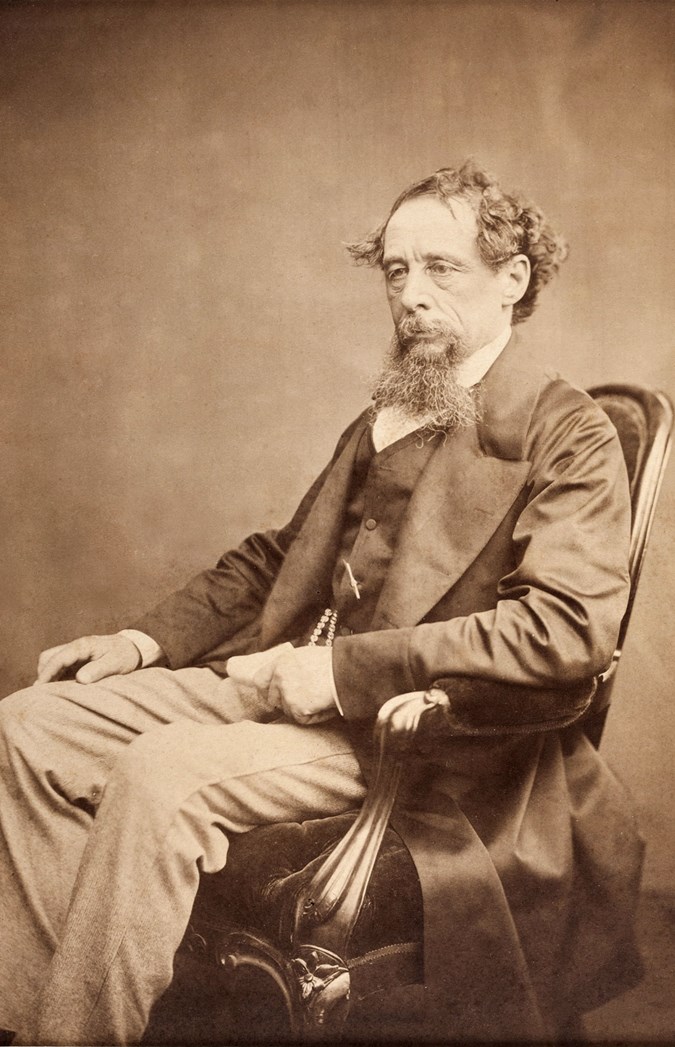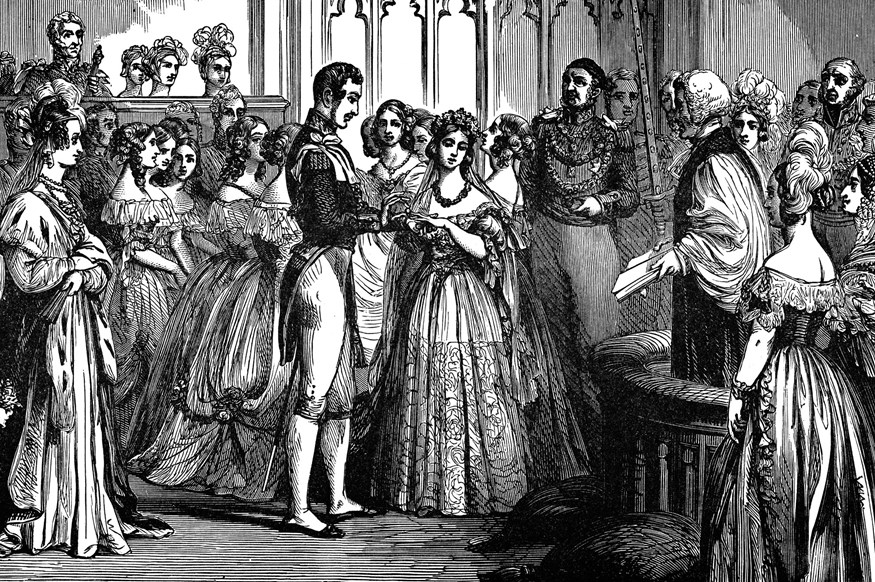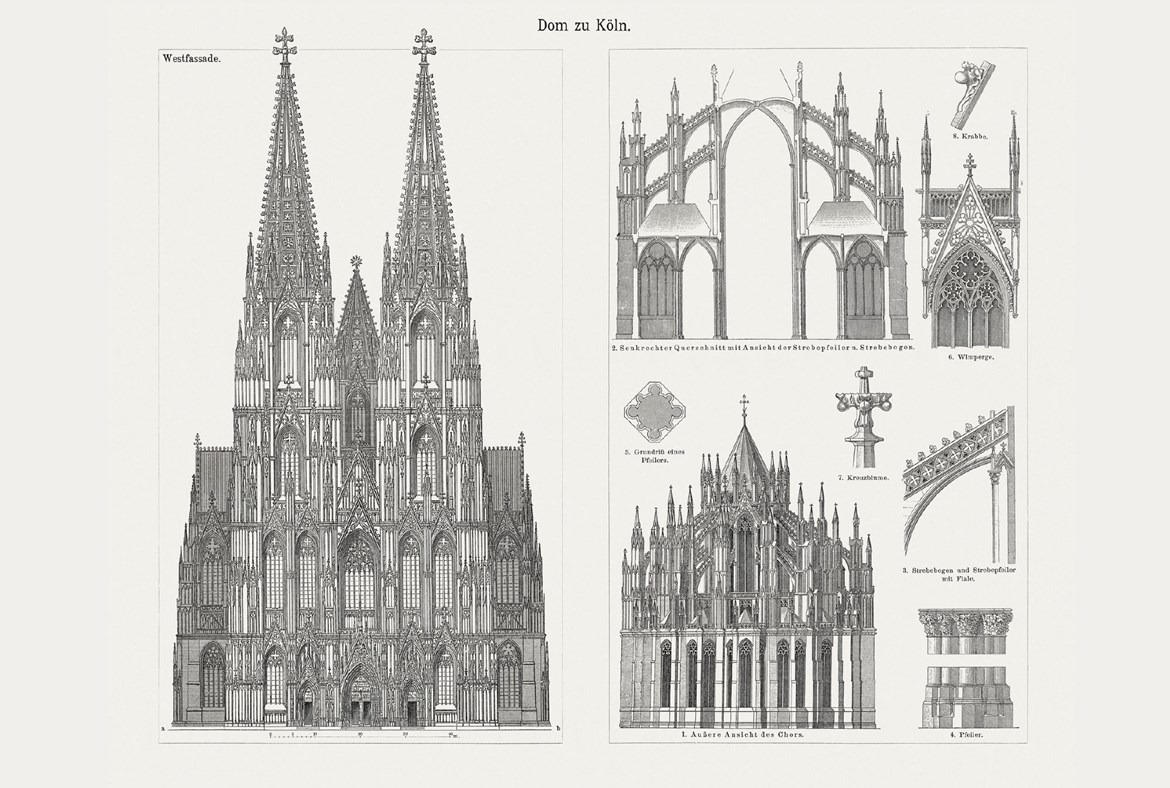Europe and Worldwide
The nineteenth century began with Napoleon Bonaparte’s armies intent on conquering Europe. After his defeat, the Congress of Vienna redesigned the various European powers’ areas of influence, leading to the so-called Restoration.
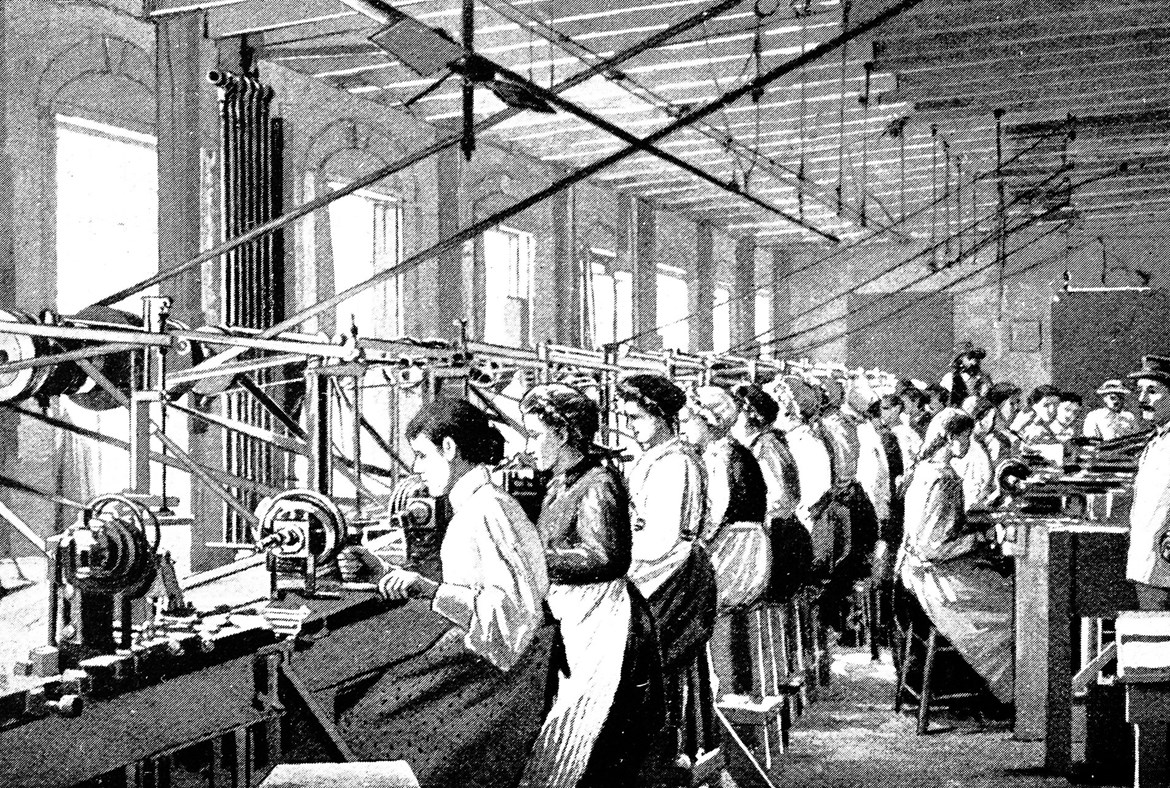
Over the following decades there were a series of revolts and uprisings demanding liberal constitutions, greater rights and the formation of national states. This continued until 1848, when Europe turned into a ticking time bomb. Post-Restoration Europe recorded considerable population growth. The increase in the available manpower also caused industrialisation to spread across the continent.
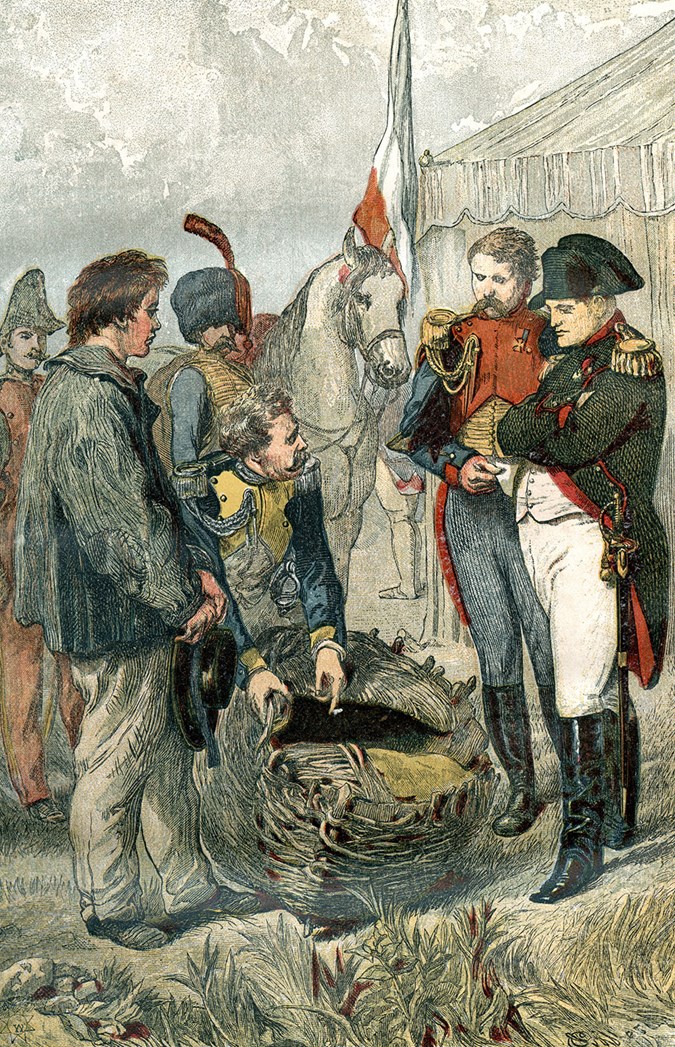
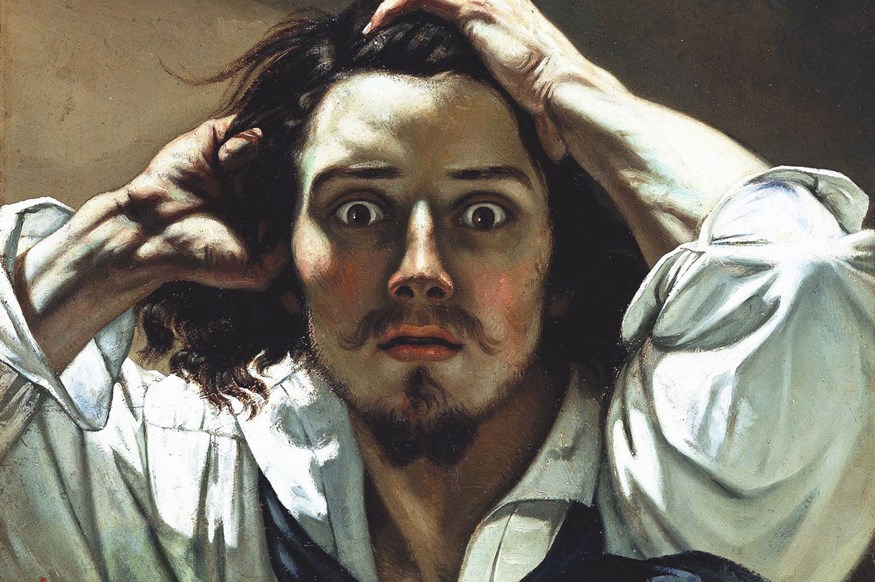
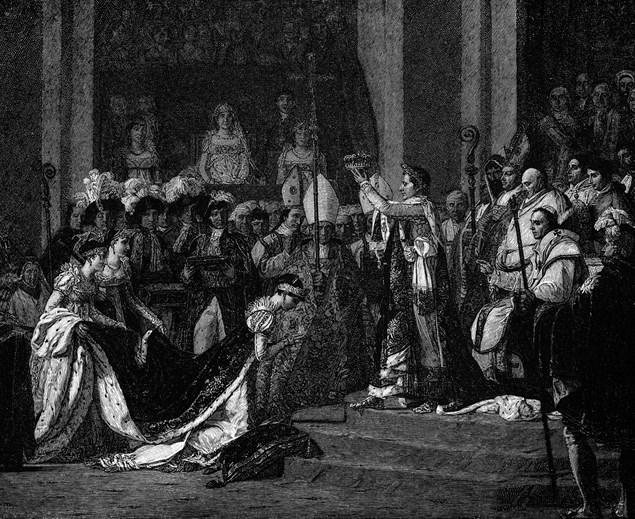
1804
Il 2 dicembre a Parigi, nella cattedrale di Notre-Dame, Napoleone Bonaparte si auto-incorona imperatore dei Francesi con il titolo di Napoleone I e incorona imperatrice sua moglie Giuseppina di Beauharnais. Il 26 maggio 1805 nel Duomo di Milano l’incoronazione a Re d’Italia.
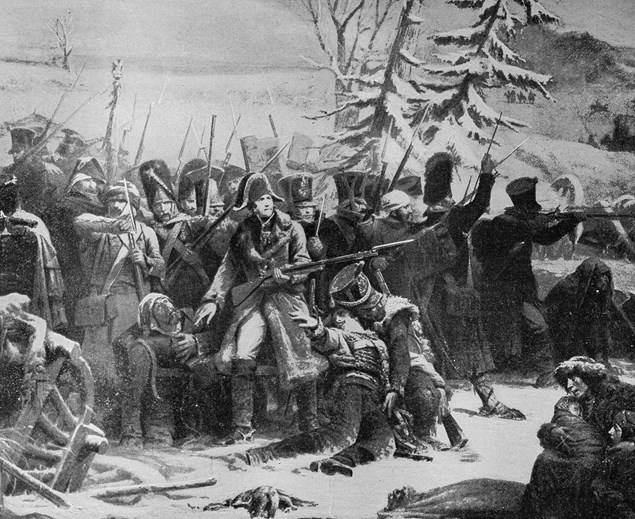
1812
Il 23 giugno la Grande Armata al comando di Napoleone I inizia l’invasione della Russia. L’esercito è formato da circa 600mila uomini, la resistenza russa riesce a protrarre il conflitto sino all’autunno-inverno. L’esercito francese è obbligato a una disastrosa ritirata. Si calcolano circa 400mila morti e dispersi e 100mila prigionieri.
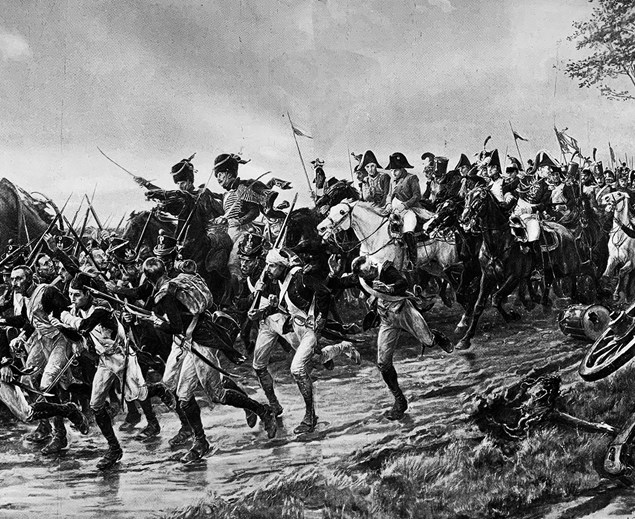
1815
Esiliato all’Isola d’Elba, Napoleone riesce a tornare in Francia e il 20 marzo entra a Parigi e riprende il potere. Il 18 giugno, in territorio belga, avviene la battaglia di Waterloo, Napoleone e il suo esercito sono sconfitti ad opera delle forze inglesi e prussiane. L’ex imperatore è esiliato a Sant’Elena in mezzo all’Atlantico.
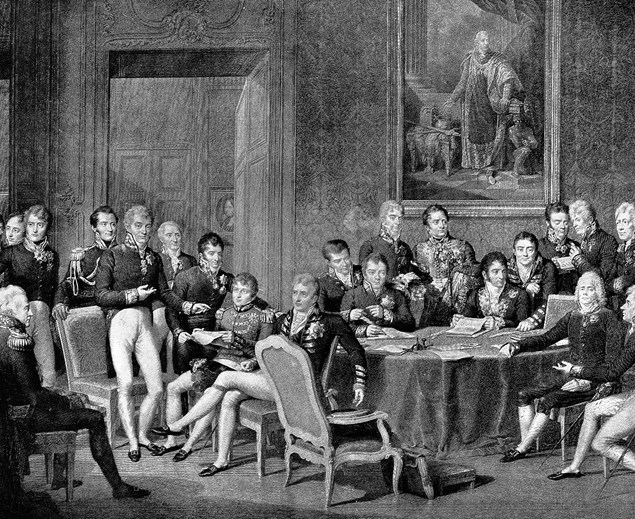
1814-1815
Congresso di Vienna. Le potenze vincitrici contro Napoleone stringono alleanze e disegnano il nuovo assetto europeo riportando al trono le casate del periodo prenapoleonico.
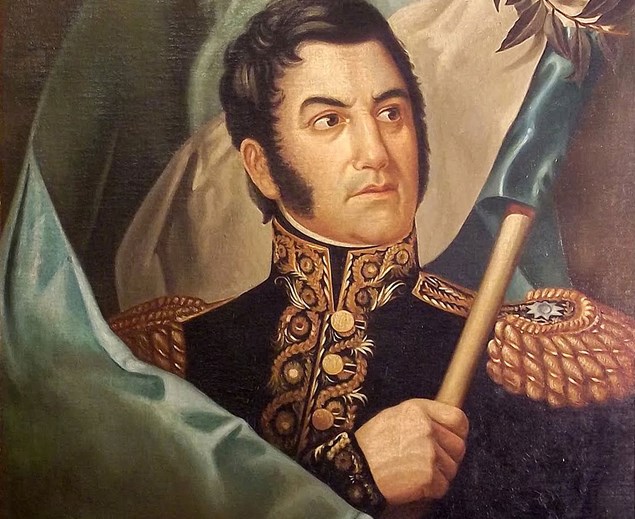
1816
Il 9 luglio viene ratificata la dichiarazione d’indipendenza dell’Argentina dalla Spagna. L’ex colonia era già entrata in guerra con l’impero spagnolo nel 1810, solo nel 1825 sarà firmata la pace. Negli anni successivi molte altre colonie del Centro e Sud America diventeranno autonome da Spagna e Portogallo.
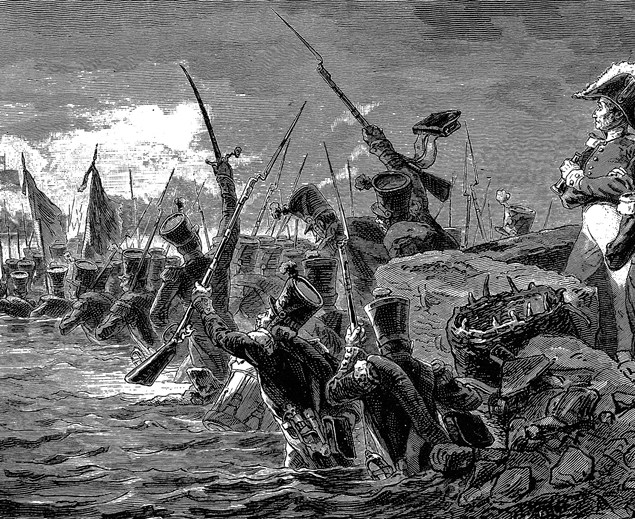
1820-1821
Moti insurrezionali in Spagna e in alcuni Stati italiani. Nati
con il pronunciamento (cioè la rivolta) del 1° gennaio a Cadice, si diffondono anche in altri Paesi europei. Sono tentativi di insurrezione contro i regimi assolutisti, volti a ottenere diritti liberali e Costituzioni.
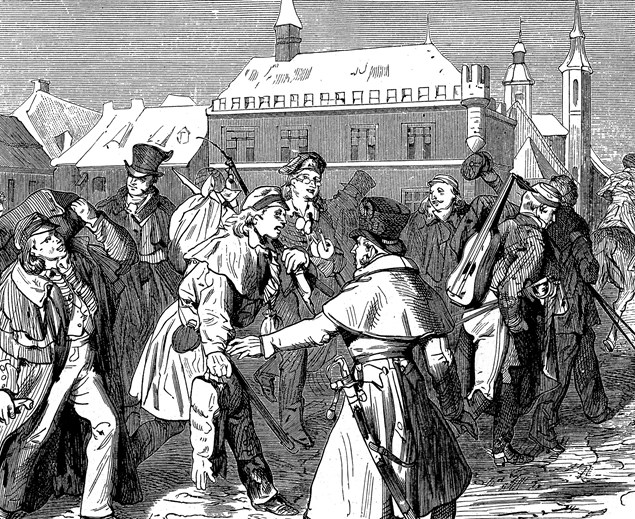
1830-1831
Moti insurrezionali in Francia, Polonia, Belgio e alcuni Stati italiani. Come nei moti di dieci anni prima a essere protagonista è la borghesia cittadina. L’esempio arriva dalla Francia, dove viene cacciato re Carlo X e si dà vita a un regime monarchico costituzionale retto da Luigi Filippo d’Orléans.
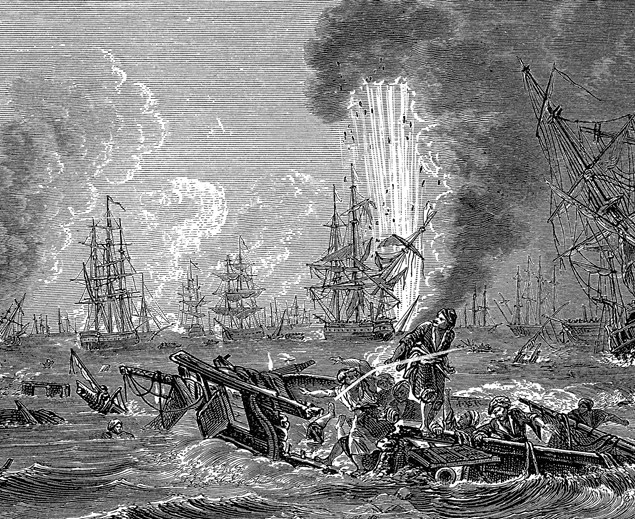
1821-1829
Guerra d’indipendenza greca. Termina il dominio ottomano sulla penisola ellenica. La fine della guerra e l’autonomia della Grecia sono sancite, sotto il protettorato di Francia, Gran Bretagna e Russia, con il trattato di Adrianopoli del 1829. L’indipendenza arriva nel 1830. Nel 1832 Ottone di Wittelsbach viene eletto re dei Greci.
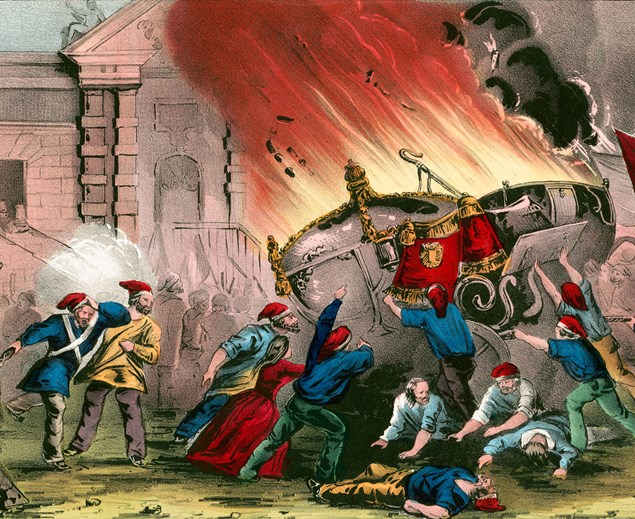
1848-1849
Moti insurrezionali definiti la Primavera dei Popoli. Dagli Stati italiani alla Francia, da quelli tedeschi all’Ungheria, si punta ad abbattere i governi eredi della Restaurazione per sostituirli con governi liberali e dall’identità nazionale. Non porta a effetti politici duraturi ma getta le basi per la nascita di Germania e Italia.
Switzerland and Ticino
The Act of Mediation signed in Paris in 1803 brought about an end to the Swiss Republic and Switzerland went back to being a confederation. The end of the first half of the nineteenth century was marked by the Sonderbund War (“separate league”).
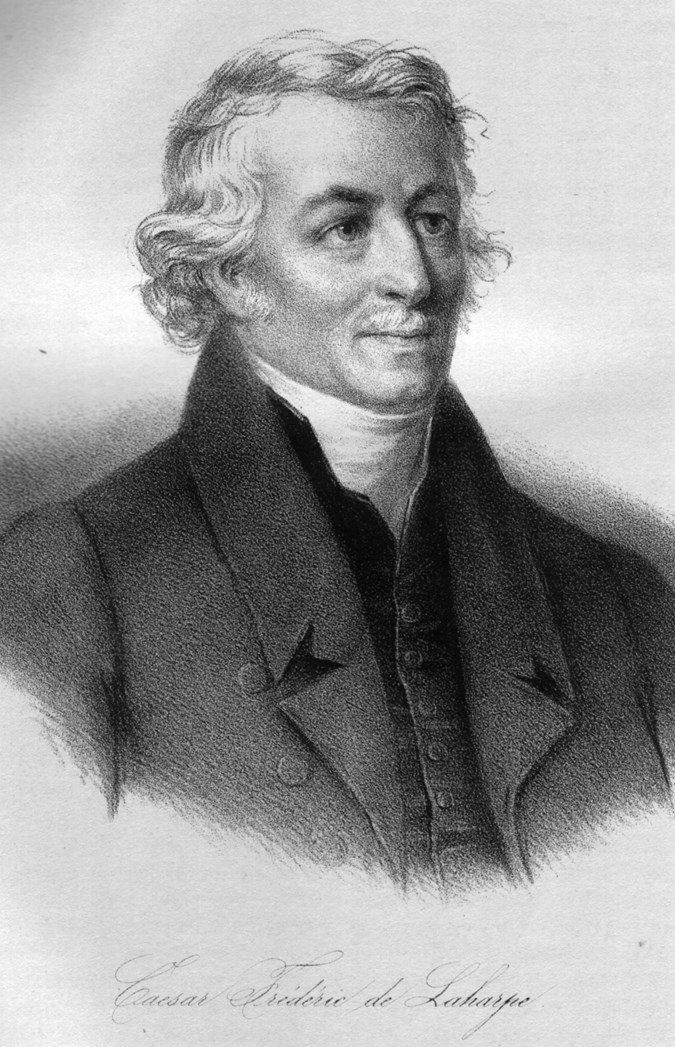
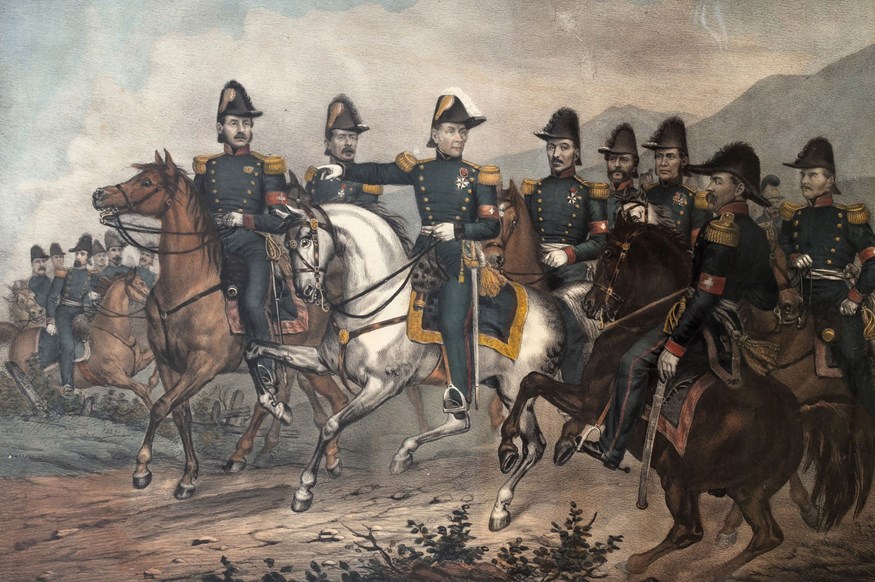
In 1845, seven conservative Catholic cantons decided to secretly ally themselves with Austria and the liberal cantons sent in the army. The rebels were defeated and the federal constitution became more centralist.
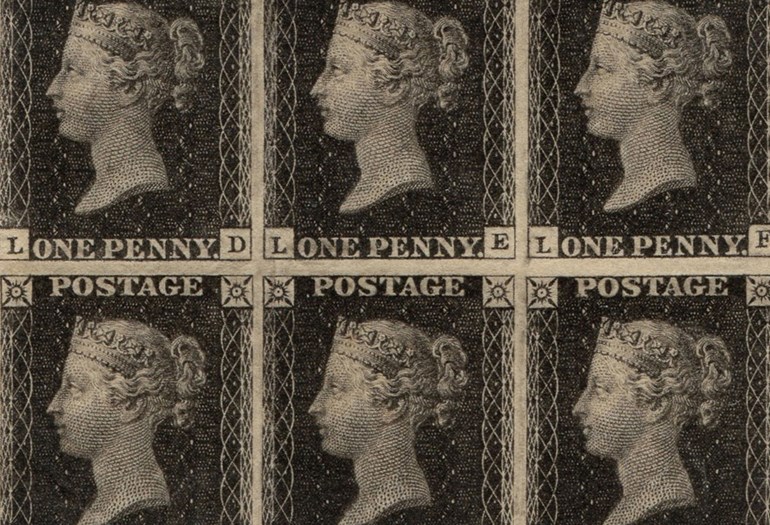
Technology, Science, Customs and Society
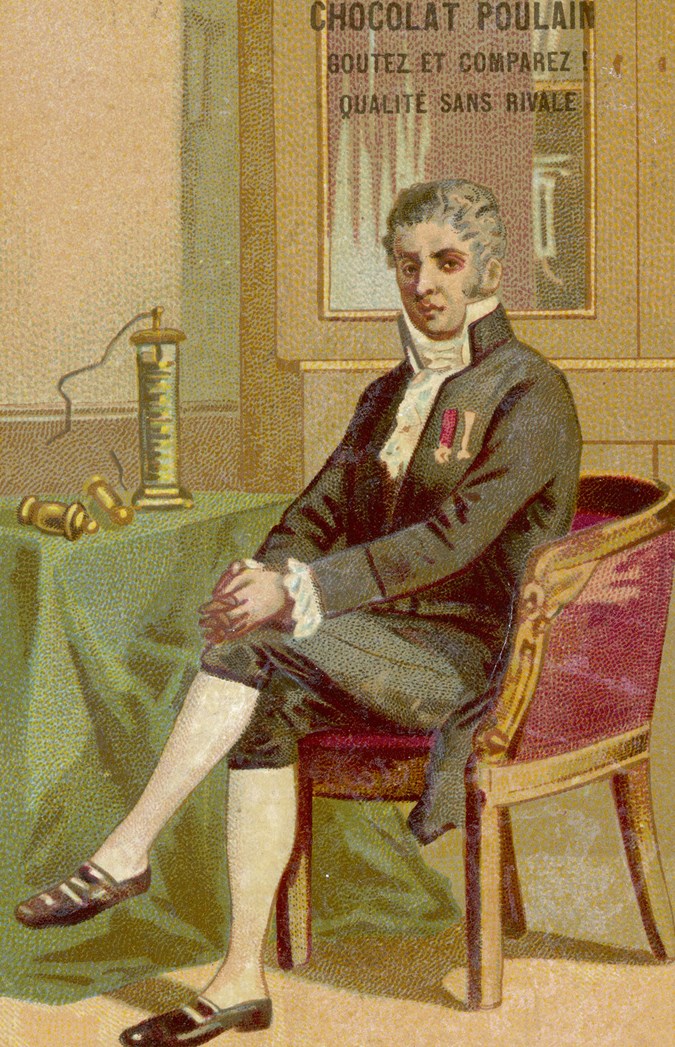
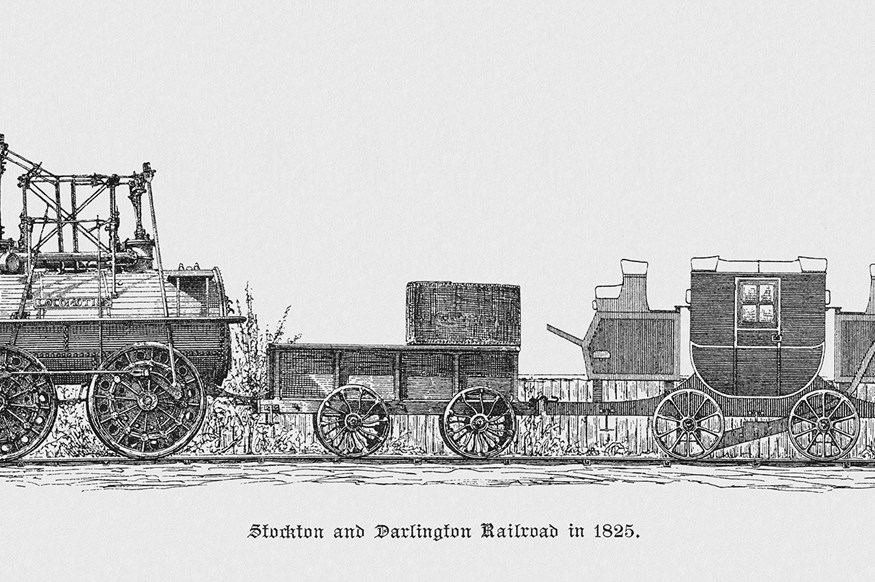
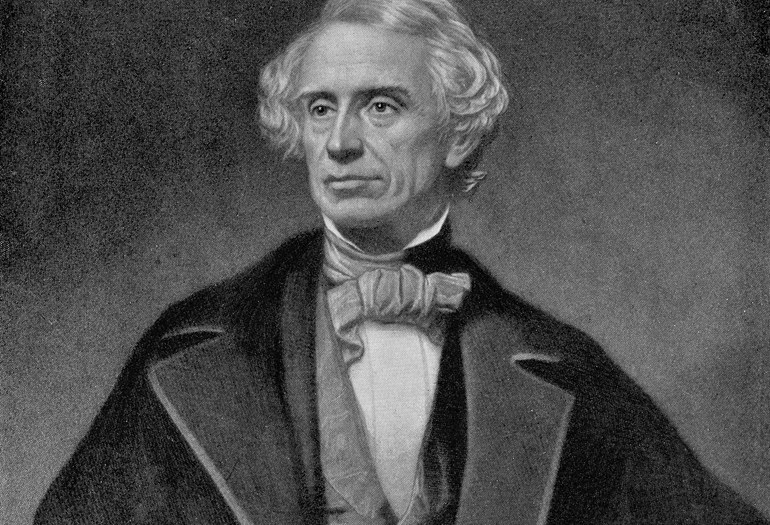
In After Volta’s invention of the battery, Oersted, Ampère and Faraday furthered the study of electromagnetism. Electrical pulses were at the basis of the experiments carried out in the 1830s by Samuel Morse and others, making it possible to communicate along a wire over a long distance.
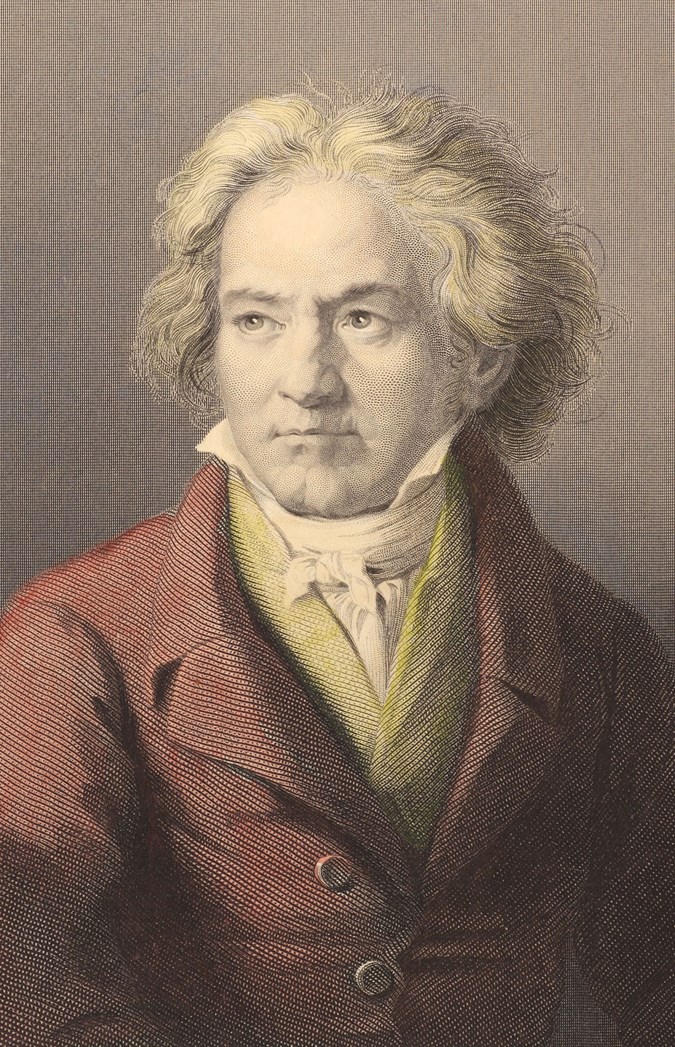
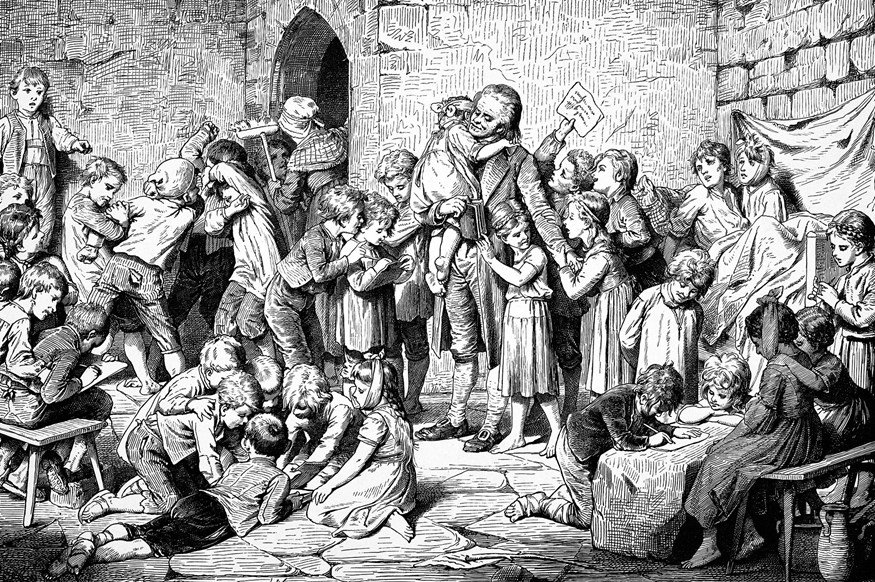
As a result, the electric telegraph became a reality in 1844. Great Britain issued the first stamp in 1840. Steam engines began to be used in the field of transport. In cultural terms, the first half of the nineteenth century was characterised by the romantic movement, which spread across Europe from Germany and Great Britain.
